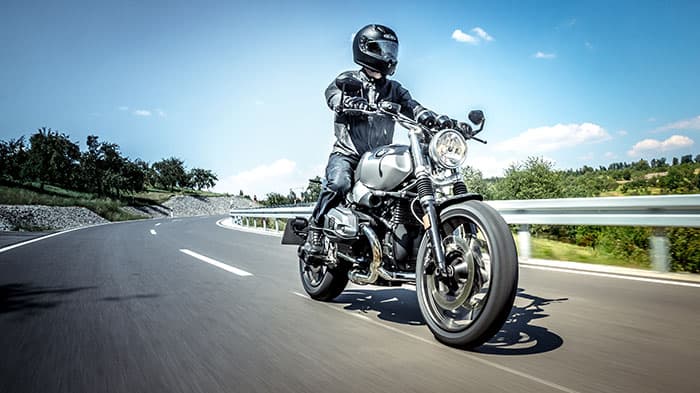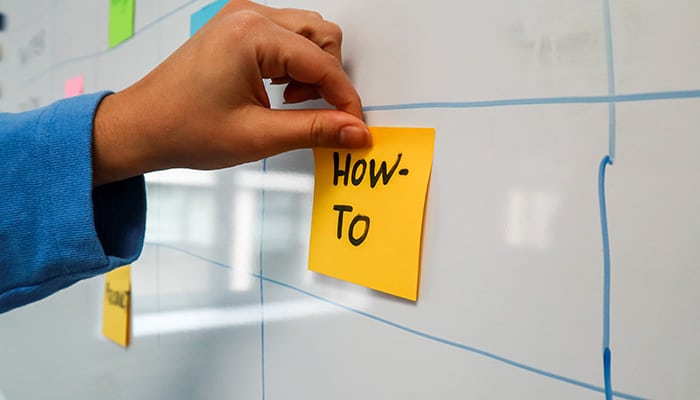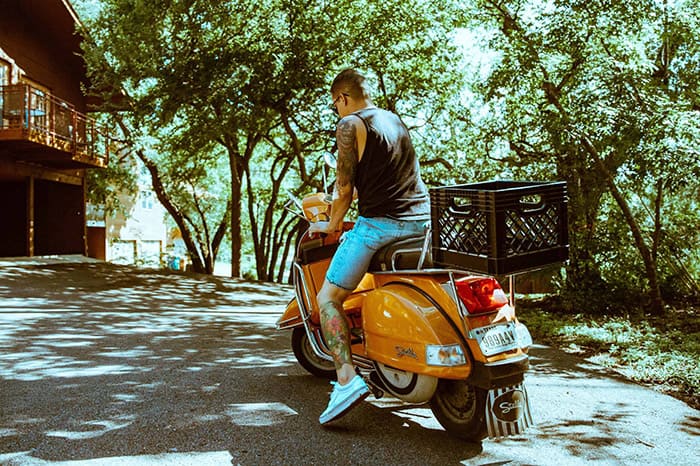Is Buying a Motorcycle Before Learning to Ride a Good Idea? An In-Depth Analysis

Many aspiring riders find themselves faced with a chicken-and-egg dilemma: should they buy a motorcycle first, or should they learn to ride before making a purchase? It’s a question that has sparked numerous debates among motorcycle enthusiasts and experts alike. In this article, we’ll explore this topic in-depth, examining the pros and cons of each approach, understanding the learning curve associated with motorcycle riding, and providing tips on how to choose the right motorcycle for learning. So, buckle up and join us on this ride as we delve into the world of two wheels.
The Debate: Buying vs. Learning First

The debate between buying a motorcycle before learning to ride versus learning to ride before buying is not a new one. It has been a topic of discussion in various motorcycle forums, social media groups, and even among friends who share a passion for riding.
On one side of the argument, proponents of buying first argue that owning a motorcycle can provide a sense of motivation and commitment to learning. It can also offer the convenience of practicing at your own pace and in your own time. However, critics of this approach point out that it could lead to impulsive buying decisions, where the focus is more on the appeal of the motorcycle rather than its suitability for a beginner.
On the other hand, those who advocate for learning first believe that it allows for a better understanding of what to look for in a motorcycle. It can also minimize the risks of costly mistakes, such as buying a motorcycle that is too advanced for a beginner. Yet, this approach is not without its drawbacks, such as the potential difficulties in finding a suitable learning motorcycle and the possible lack of motivation without a bike of your own.
Pros and Cons of Buying a Motorcycle Before Learning to Ride

There are several advantages to buying a motorcycle before learning to ride. For one, it can provide a strong sense of motivation. Owning a motorcycle can make the learning process feel more real and exciting, pushing you to commit to your lessons and practice sessions.
Also, having a motorcycle at your disposal allows you to practice whenever you want. You’re not limited to the schedule of a riding school or the availability of a rental bike. This flexibility can be particularly beneficial for those with busy lifestyles. Moreover, buying a motorcycle first enables you to become familiar with your own bike. Each motorcycle is unique in its handling, clutch feel, braking, and other features. By practicing on the bike you’ll be riding regularly, you can get used to its particular quirks and characteristics.
However, buying a motorcycle before learning to ride is not without its downsides. One of the main concerns is the potential for making an impulsive and uninformed purchasing decision. Without a solid understanding of motorcycles and riding, you might end up buying a bike that is not suited to your skill level, body type, or riding style.
Additionally, as a beginner, you’re more likely to drop or damage the motorcycle during the learning process. This could result in costly repairs or a decrease in the motorcycle’s resale value. In terms of safety, learning to ride on your own without proper instruction can also be risky. While it’s possible to learn the basics through self-study and practice, professional training can provide a more comprehensive understanding of motorcycle safety and riding techniques.
| Aspect | Pros | Cons |
|---|---|---|
| Cost Savings | – Potential cost savings on purchasing a used motorcycle compared to waiting until after completing riding lessons | – Risk of damage or depreciation due to lack of riding experience |
| Motivation | – Owning a motorcycle may serve as motivation to learn and obtain a riding license | – Lack of riding skills may lead to accidents or difficulty in handling the motorcycle |
| Convenience | – Immediate access to a motorcycle for practicing once licensed | – May need to store the motorcycle until completing riding lessons |
| Learning Experience | – Opportunity to learn about motorcycle maintenance and care firsthand | – Potential for developing bad habits or incorrect techniques without proper guidance |
| Resale Value | – Potential to sell the motorcycle at a relatively high value if maintained well | – Risk of decreased resale value if the motorcycle incurs damage during the learning process |
| Personalization | – Can customize and personalize the motorcycle to personal preferences | – May choose accessories or modifications that are not suitable for a beginner rider |
| Time Flexibility | – Ability to practice and learn at your own pace | – Time constraints due to learning and licensing requirements may limit riding time |
Understanding the Learning Curve

Learning to ride a motorcycle involves a steep learning curve. It’s not just about knowing how to operate the motorcycle’s controls. It also involves understanding traffic rules, developing spatial awareness, honing your balance and coordination, and mastering defensive riding techniques.
While some people may pick up these skills quickly, others may take longer. It’s important to be patient with yourself and to progress at your own pace. Trying to rush the learning process can lead to unnecessary mistakes and accidents.
Remember, learning to ride is not a race. It’s a journey that should be enjoyed. So, take your time, practice regularly, and don’t be too hard on yourself.
How to Choose the Right Motorcycle for Learning

Choosing the right motorcycle for learning is critical. The right bike can make the learning process easier and more enjoyable, while the wrong one can lead to frustration and potentially dangerous situations.
When choosing a motorcycle, consider factors such as the bike’s weight, seat height, power output, and handling characteristics. As a beginner, you would typically want a motorcycle that is lightweight, has a low seat height, moderate power, and is easy to handle.
It’s also advisable to choose a motorcycle that fits your intended riding style. For instance, if you plan on doing a lot of city riding, a nimble, lightweight motorcycle would be a good choice. If you’re more interested in long-distance touring, a larger, more comfortable bike would be more appropriate.
Steps to Learning How to Ride a Motorcycle

Learning to ride a motorcycle involves several steps. The first step is to acquire a learner’s permit or license, which usually involves passing a written test on traffic rules and motorcycle operation.
Next, it’s recommended to take a motorcycle safety course. These courses provide hands-on instruction on how to ride a motorcycle safely and effectively. They cover topics such as motorcycle controls, basic riding techniques, defensive riding strategies, and emergency procedures.
After completing a safety course, the next step is to practice, practice, practice. This can involve riding in a controlled environment, like an empty parking lot, before gradually moving on to quieter streets, and eventually, busier roads and highways.
Last but not least, once you feel confident in your riding abilities, you can take the road test to acquire your full motorcycle license.
Importance of Motorcycle Safety

Safety should always be a top priority when learning to ride a motorcycle. This involves not only learning and practicing safe riding techniques but also wearing the right safety gear. A good helmet, a sturdy jacket, gloves, boots, and riding pants can provide crucial protection in case of an accident. Remember, there’s no such thing as being too safe when it comes to motorcycle riding.
In addition to wearing safety gear, it’s also essential to maintain your motorcycle properly. Regular checks of your motorcycle’s tires, brakes, lights, and other components can help prevent accidents caused by mechanical failures.
Expert Opinion
Experts generally agree that whether you should buy a motorcycle before learning to ride depends on your individual circumstances. Factors such as your motivation levels, financial situation, access to learning resources, and personal preferences can all play a role.
However, most experts recommend at least getting some basic riding lessons before making a purchase. This can provide a clearer idea of what to look for in a motorcycle and help prevent costly mistakes.
Is Buying a Motorcycle Before Learning to Ride a Good Idea?
There’s no definitive answer to whether buying a motorcycle before learning to ride is a good idea. It largely depends on your personal circumstances and preferences. If you’re highly motivated, have the resources to buy a suitable beginner’s bike, and are committed to learning and practicing safely, then buying a motorcycle before learning to ride could work well for you.
On the other hand, if you’re unsure about what kind of motorcycle is right for you, or if you’re apprehensive about the learning process, then it might be a better idea to get some riding lessons first. Regardless of the route you choose, remember that learning to ride a motorcycle is a journey. It’s a skill that requires patience, practice, and a commitment to safety. So, take your time, enjoy the process, and before you know it, you’ll be ready to hit the open road on your own two wheels.
- Tackling the Fear of Motorcycles: A Must-Read for Every Rider - April 25, 2024
- Motorcycle Lost All Electrical Power While Riding - December 10, 2023
- Motorcycle Safety Tips for New Riders - November 23, 2023




